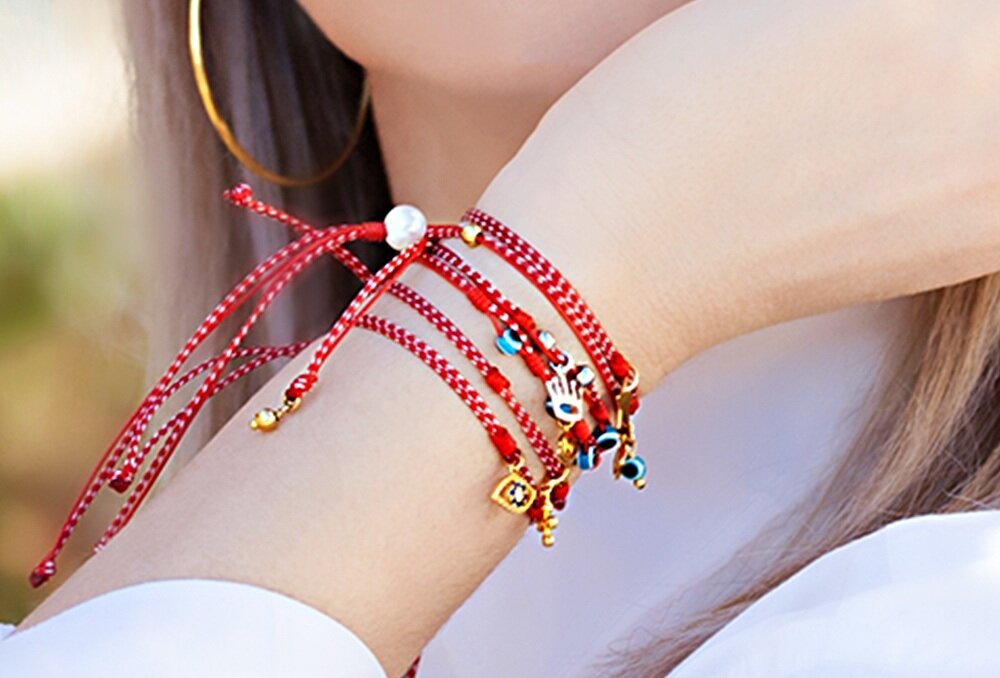Martis probably has its roots in Ancient Greece, specifically in the Eleusinian Mysteries, where people tied a thread to their right hand and left foot.
Martis translates as March and takes its name from the Latin name of the god Ares (Ares = Mars). It is the first month of the Roman calendar and corresponds to the "Elafivolionas" of the Ancient Greeks. In Byzantium, the first of March was celebrated with great activities. The folklorist Loukatos explains that the "swallows" date back to ancient times. On March 1, the little ones would make a swallow doll, sing the appropriate song, and go from house to house collecting eggs. According to custom, from March 1 to 31, children wear on the wrist a bracelet of twisted white and red thread, "Martis".
Its use
According to tradition, this bracelet is worn mainly by children to avoid "burning" themselves and to be protected from the spring sun. Until recently, a few decades ago, the beautiful women were those who did not tan in the sun (those who worked outside, the women who were poorer, tanned). So the March sun was "sneaky" and Martis was the reminder! They take it out at the end of the month or leave it on the roses when they see the first swallow so that the birds can take it and build their nest.
Where this custom exists
Besides Greece, the custom also exists in Albania (called Verore), in Skopje (called Martinka). In these countries, Martis is often tied to a fruit tree to make it bloom, while some put it under a stone and if they find a worm next to it the next day, it means that the rest of the year will be very good.
In Bulgaria, on the first day of March, people wear an ornament of white and red threads, called Martenitsa, on their lapels. Similar threads (white and red) are used at Christmas to decorate branches so that they will be fruitful the next year. In Romania, there is a legend that says that the God-Sun turned into a young man and came to earth to participate in a celebration. However, he was kidnapped by a dragon, whereupon the world ended and sank into darkness. One day, a young man along with his companions killed the dragon and released the sun, which brought spring. The young man lost his life and his blood turned the snow red. Since then, on March 1, it has been the custom for all young people to knit Martis (Martisor in Romanian), the red thread symbolizing the young man's blood and sacrifice, and the white symbolizing purity.
How To Make A 'Marti' Bracelet











